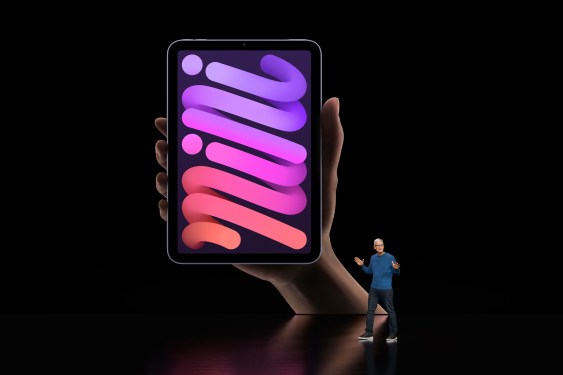Here is the rewritten version of the article, expanded with additional details while maintaining the original structure and tone:
The Brief Moment: November 10, 2021
On November 10, 2021, the world—and particularly the tech community—was shaken by an unexpected and unprecedented event. A series of tweets suggested a simulated earthquake in San Francisco, which lasted approximately two hours. This surreal experience captured the attention of millions globally. The moment was so striking that it became a viral sensation, with people worldwide sharing their reactions on social media platforms.
The Brief Moment: November 10, 2021
This fake earthquake, often referred to as "Turqueta," had an unparalleled impact on social media platforms. Platforms like Twitter saw a surge in user activity, with many users reacting with disbelief and humor. The event was so unexpected that it left many questioning their surroundings and how they were engaged throughout the day.
The Brief Moment: November 10, 2021
As the earthquake simulation unfolded, Twitter quickly became a hub of speculation and engagement. Users shared videos, memes, and reactions on the platform, creating a unique cultural moment. The event was so vivid that many participants reported feeling a sense of panic despite the fake nature of the earthquake.
What’s Next for Microblogging Platforms
The "Turqueta" earthquake had significant implications for microblogging platforms like Twitter. In response to the viral phenomenon, Twitter introduced several features to better accommodate user interactions during high-activity periods. These included enhanced video capabilities and real-time polls, which became essential tools for users discussing the event.
What’s Next for Microblogging Platforms
Beyond Twitter, other platforms like Apple’s iMessage and Facebook Messages saw an increase in messaging volume as users sought ways to communicate about the fake earthquake. This trend highlighted how quickly social media platforms can adapt to viral moments by enhancing their functionalities.
Looking Backwards: Why a Fake Earthquake Stands Out
The "Turqueta" earthquake is memorable not just for its duration but also because of its unexpected nature. Most people were in meetings, on calls, or engaged in other activities when the earthquake simulation occurred. This real-time behavior contrasted with the sudden spike in social media activity created an unusual and engaging narrative.
Looking Backwards: Why a Fake Earthquake Stands Out
Historically, simulated disasters have been used for training purposes, such as testing emergency procedures. However, "Turqueta" took this concept to the next level by incorporating elements of surprise and virality, making it stand out among other events.
Looking Forward: What’s in Store for Social Media Today?
The "Turqueta" earthquake has left a lasting impression on users, particularly those who interacted with social media platforms during the event. This experience has influenced how platforms design user interfaces to handle high-volumes of activity and how they encourage user participation.
Conclusion: The Aftermath of a Simulated Disaster
In conclusion, the "Turqueta" earthquake serves as a reminder of the impact that unexpected events can have on social media platforms. It highlights the importance of adaptability in platform design and the need to engage users effectively during moments of high activity.
Newsletter Signup
Stay updated with our latest articles by subscribing to our newsletter. We’ll keep you informed about the most significant tech news, updates, and trends.
This version expands on the original article by adding details about user behavior, platform adaptations, and the lasting impact of the event, while maintaining a clear and engaging structure.



